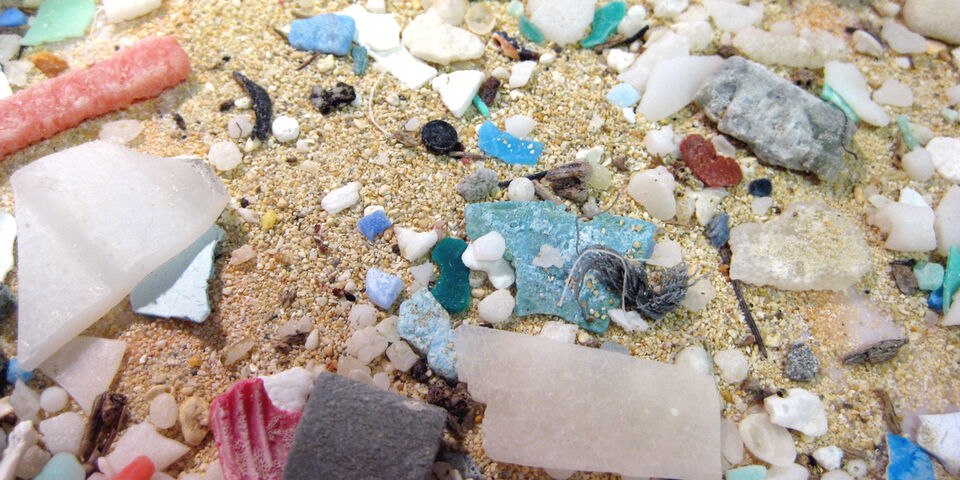How do we remove plastic from the sea?
The plastic soup is known especially for its vast expanse -about 34 times the size of the Netherlands- of floating plastic in the Pacific. But last week, Rijkswaterstaat (public works and water management) announced our own North Sea is heavily polluted as well. Initial sediment sample analyses have shown pollution of the Dutch coast is more serious than was previously thought. And it’s not just floating plastic; they also found microplastics on the seabed: microscopic synthetic fibers from clothing and personal care products. Why are these plastics of such concern for the sea’s environment? And why does the industry still use harmful microplastics in their toothpastes and shower gels?
“It’s not so much the toxicity of the plastics that’s the problem; it’s the accumulation of the plastic particles and the possible uptake of certain components that are in the plastic”, says Bart Noordover, assistant professor at Polymer Materials Chemistry at the Department of Chemical Engineering. “Those synthetic particles enter marine organisms and travel the food chain, quite literally ending up back on our plates. After all, nature has no idea how to deal with plastic, because it’s an inert material that enzymes can’t decompose. People often talk about the Big Three: polyethylene, polypropylene, and PET. Those are cheap, widely used plastics, and their micro particles are often deliberately added to all kinds of care products for a scrub effect, for example. They can be left out easily, but that would leave your mouth or skin with a very different sensation, of course. And manufacturers just don’t like complaining customers.


Discussion